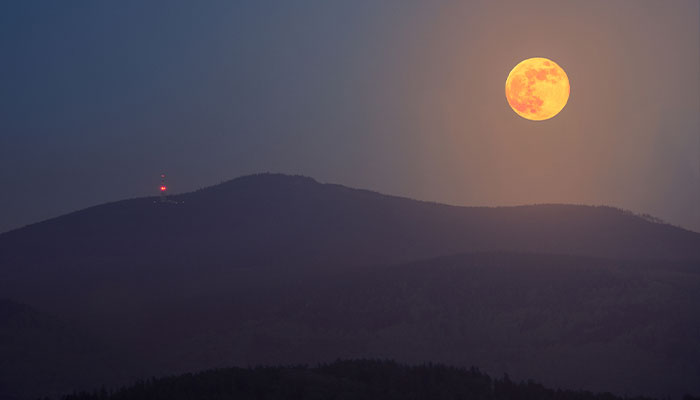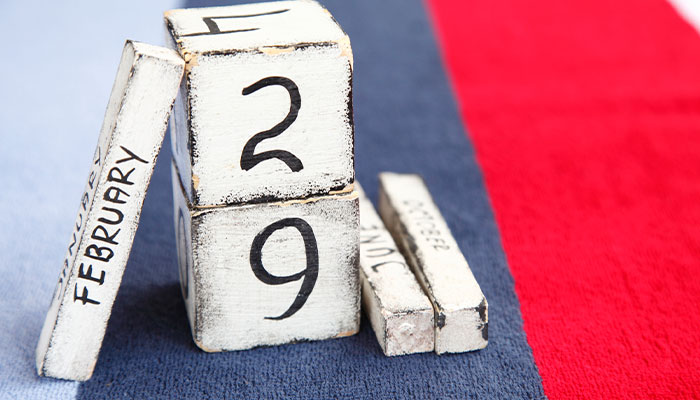At sunset on November 19, make sure you’re looking up at the sky eastwards and if it’s good weather, you’ll see the micro Beaver or Flower Moon.

Season's signal: The Flower Moon is the last full Moon before the summer solstice.
The Beaver Moon is the first full Moon in November and the last full Moon before the winter solstice in the northern hemisphere on December 21 (the shortest day of the year). In the southern hemisphere, it’s called the Flower Moon and is the last full Moon before our summer solstice (our longest day of the year).
Where do the names Beaver or Flower Moon come from?
In the northern hemisphere, in North America, November is the time when beavers are preparing their dams in readiness to hibernate over winter. It’s also the time when Indigenous Americans and Canadians, and then European settlers, used to trap beavers for their fur, pushing them nearly to extinction in the 19th century.
In the southern hemisphere, we call it the Flower Moon or corn planting Moon, borrowing the names from the northern hemisphere to coincide with our springtime.
Why micro?
The Moon’s orbit around Earth is not circular, it’s elliptical, or the shape of an oval. In November this year, the Moon is farthest away from Earth, so we see a smaller-than-usual, or micro, Moon. In May the Moon was closest and we could see a bigger-than-usual, or super, Moon.
A lunar eclipse too
A lunar eclipse only happens at full moon, when the Moon’s orbit crosses the Earth’s orbit. Then the Sun, Moon and Earth line up and the Moon passes into the Earth’s shadow. From our perspective on Earth, a fully eclipsed Moon appears to be red: a blood Moon.
On November 19 there will be a 97 per cent lunar eclipse but you will still see the red Moon. The eclipse will start at 7:34pm AEST, and end at 11:03pm with the maximum eclipse happening just after 8pm. The best place to see it will be if you’re looking north-eastward where you can see the horizon, such as out to sea.
The best way to see this Beaver/Flower Moon is with the naked eye or binoculars. You don’t really want to use a telescope because you want to see the whole phenomenon. Let’s hope the sky is clear!
This lunar eclipse will be visible here in eastern Australia, in North America and in some places in Asia.
Every 173 days we have an eclipse season that lasts 31 to 37 days - and November 19 is also the first day of the next eclipse season.
A solar eclipse coming soon
On December 4, there will be a total solar eclipse - when the Sun, Moon and Earth are aligned and the Moon’s shadow fully blocks out the Sun.
This only happens during a new Moon. Unfortunately, in December you’ll only be able to see this phenomenon if you’re in Antarctica!
Richard de Grijs is a Professor in the Department of Physics and Astronomy.
COMING SOON: The Macquarie University Astronomical Observatory is back with Episode 4 of Space Travels, Friday 3 December from 8:30pm (AEDT). Join us as we wander through the stellar birthplaces and graveyards, exploring the life and death of stars. Register for the live event here.



